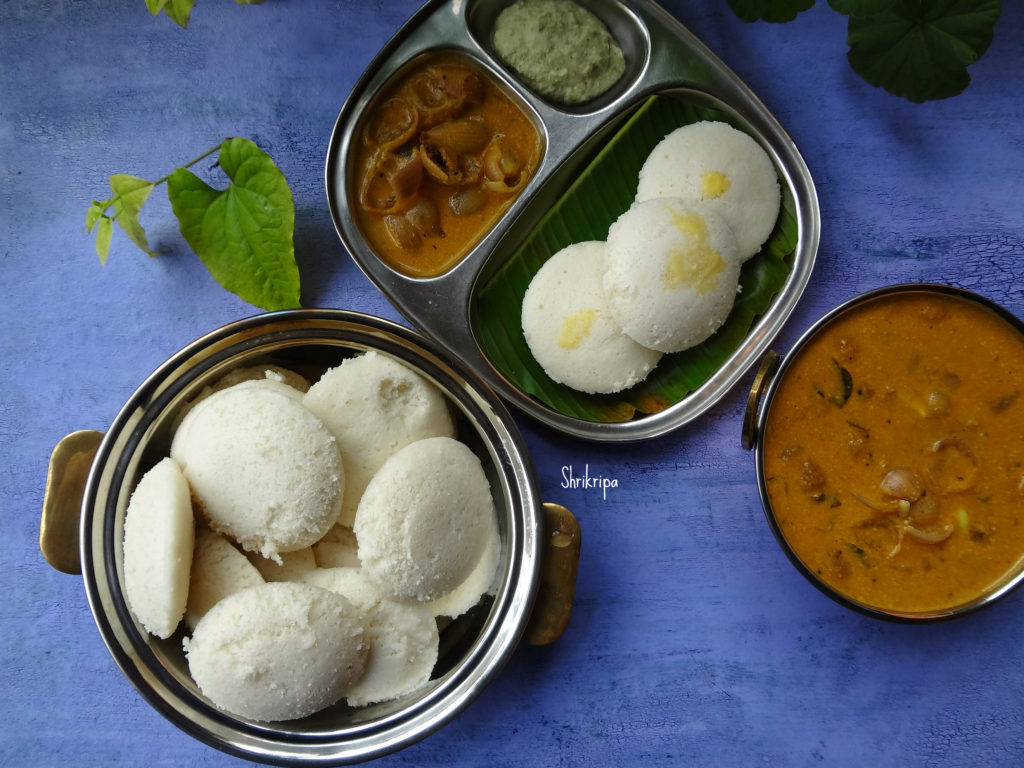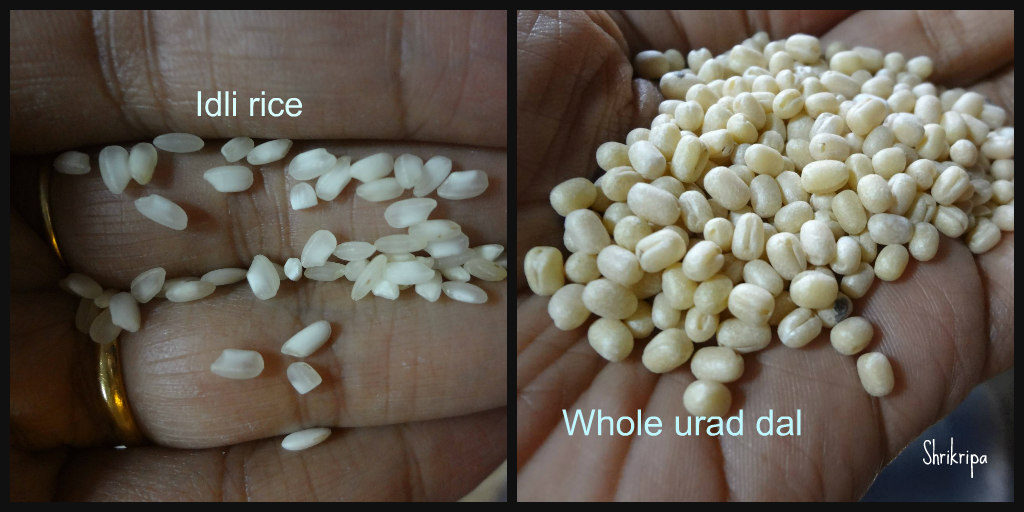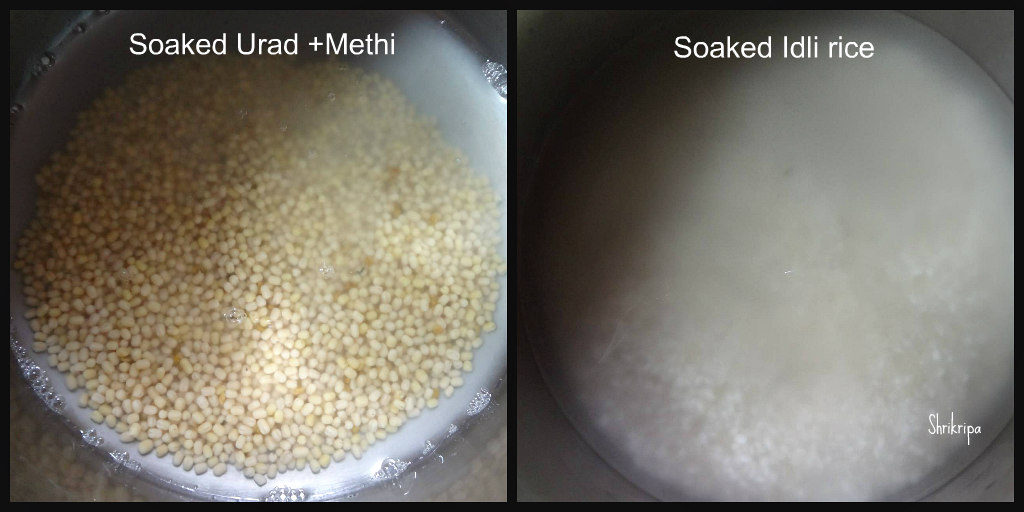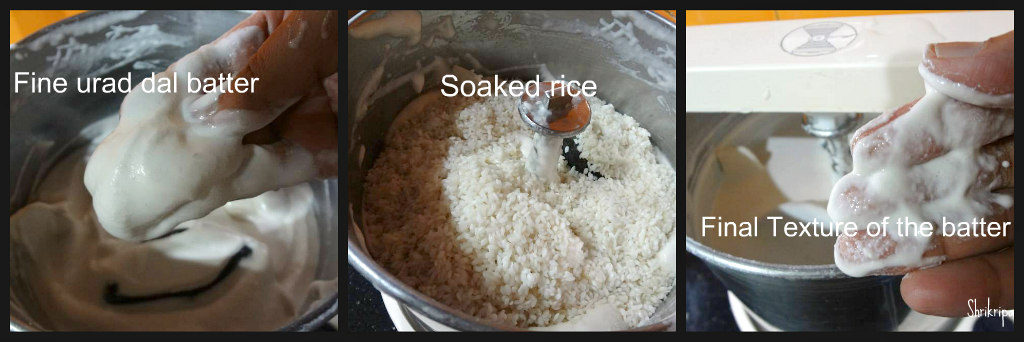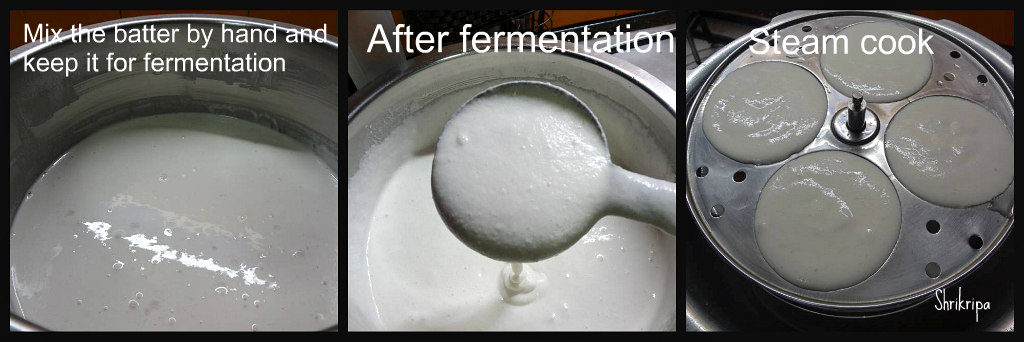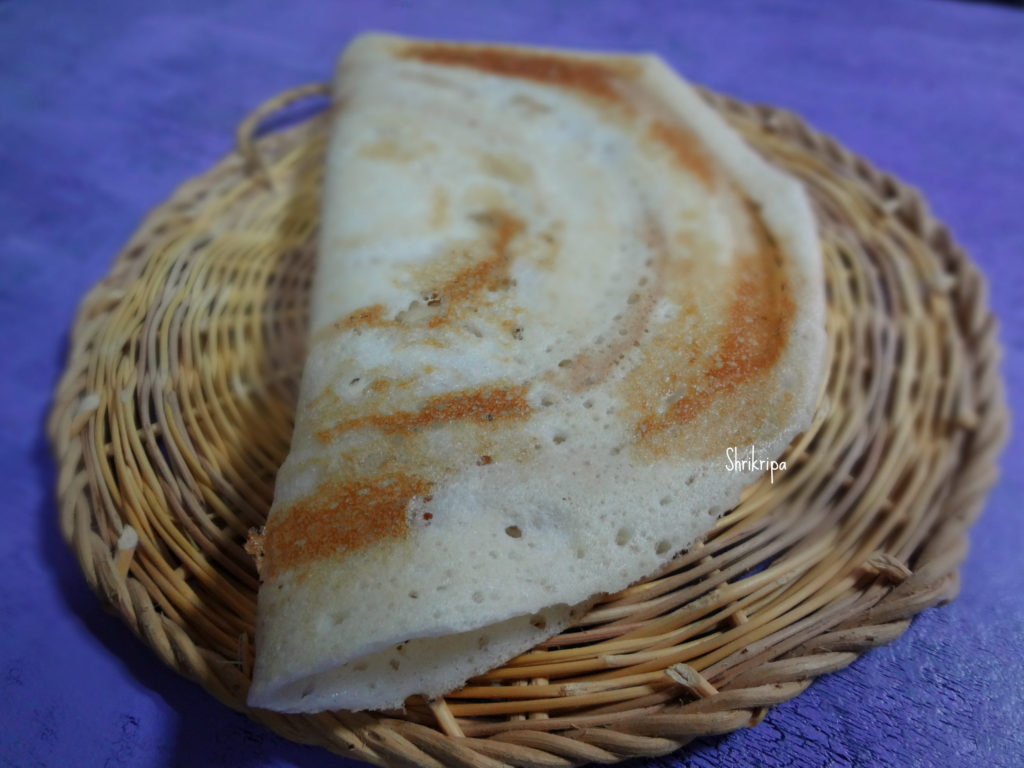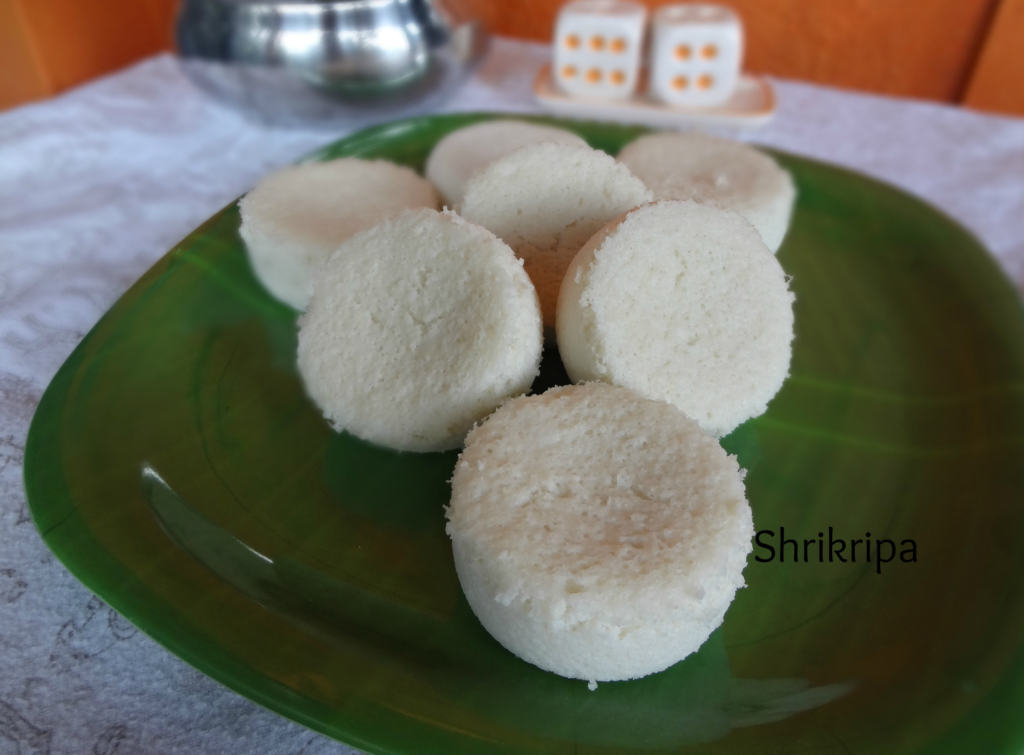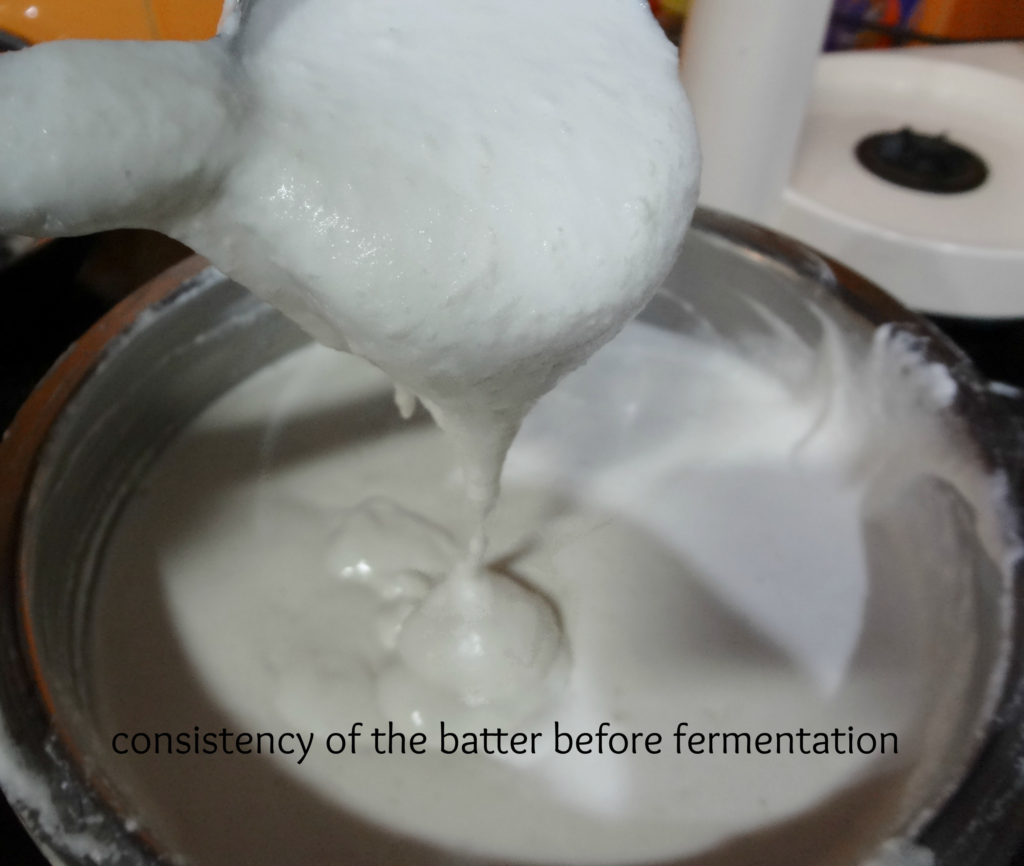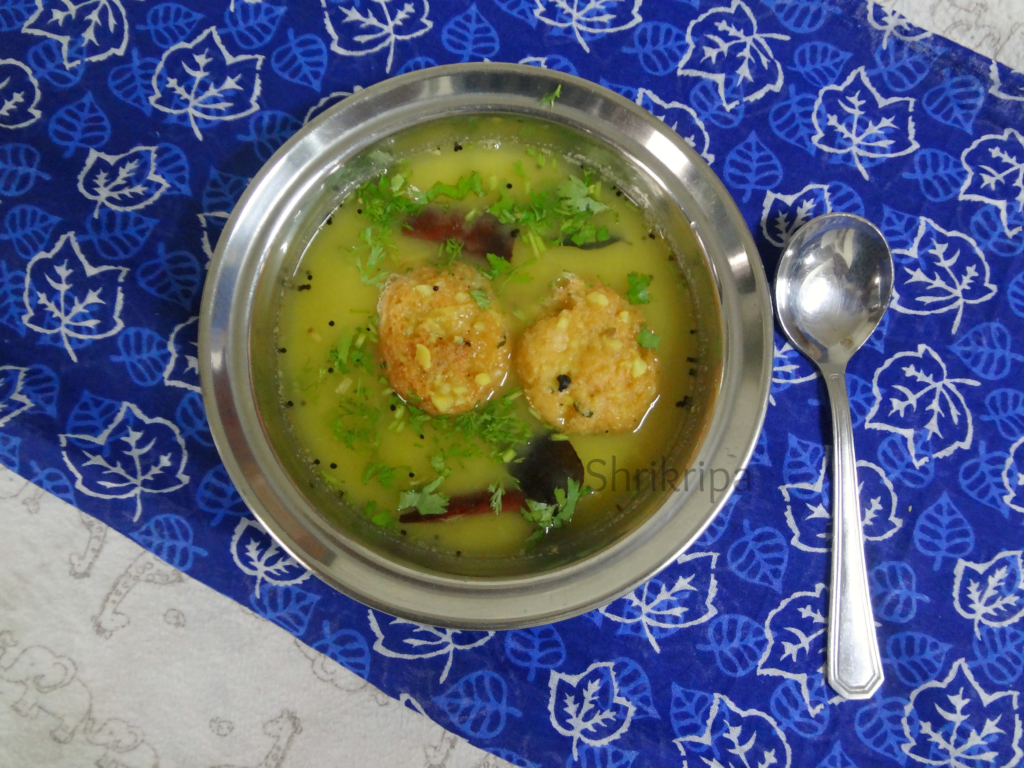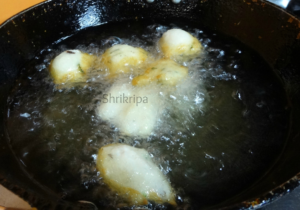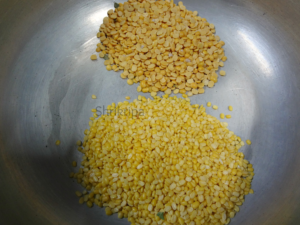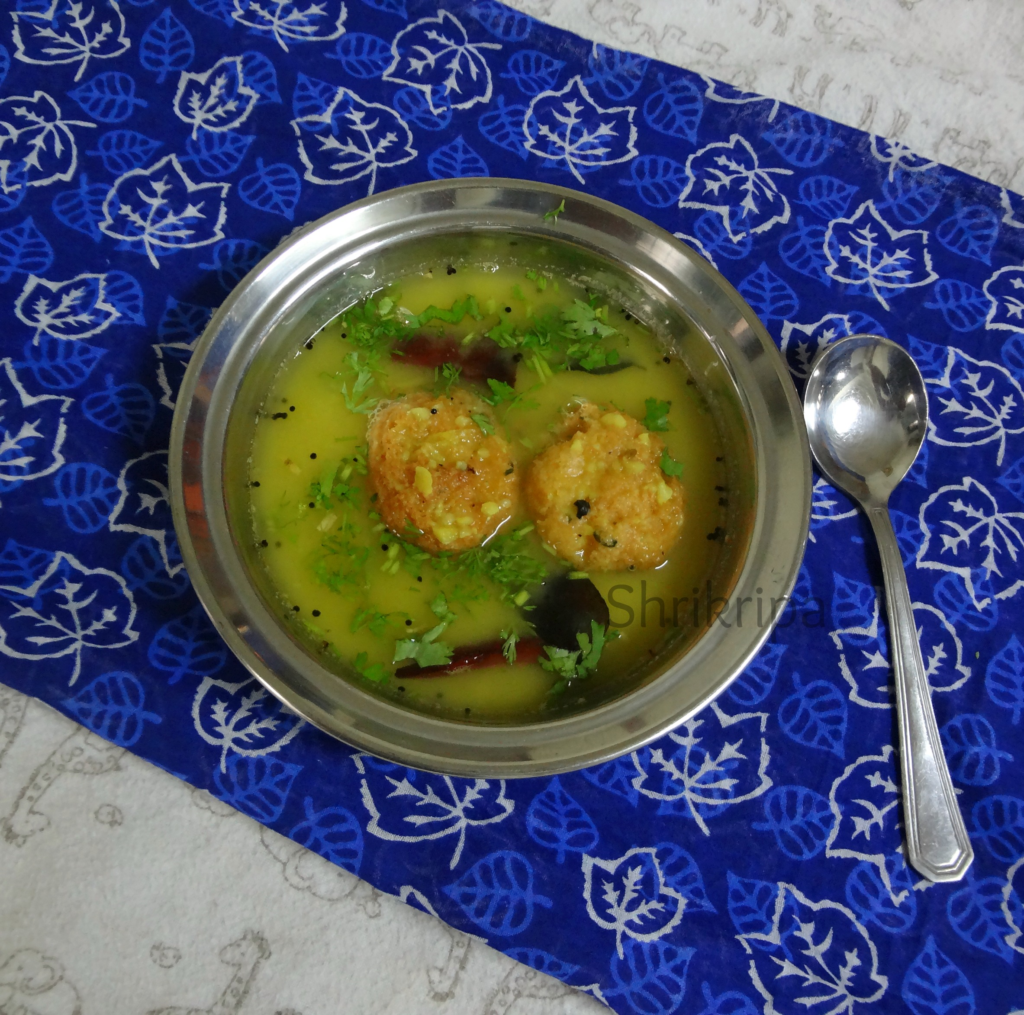Vegetable Pulav is very versatile and made in many ways. Each house or family has their own favourite recipes. But this one is found in any small darshini or small eateries in Bangalore. It is a native Bangalore style Pulav which is green in colour due to the usage of Pudina and coriander leaves. It is fried with onion and other masalas and ground to paste. Selection of the vegetable is also unique. With other vegetables, Knol khol, double beans as an added attraction, when compared to normal Pulav. Added to all this, we find deep fried bread croutons.

Ingredients:
Basmati rice – 3 cups (small steel tumbler)
Beans – 10
Carrot – 1
Knol khol – 2
Green peas – ¾ cup
Double beans – ¾ cup
Lemon – 1
Bread slices – 3
For Masala: (please refer the picture)
Oil – 2 table spoons
Cinnamon – 4 to 5 small pieces
Clove – 4
Cardamom – 2
Black pepper – 10 to 15
Cumin – 1 table spoon
Onion – 2 (medium)
Green chillies – 5 to 8
Ginger – 2-inch piece
Garlic – 12 to 14
Mint / Pudina leaves – 1 fist full
Coriander leaves – 1 fist full
Fresh Coconut – 1 small cup
Seasoning:
Oil – 8 to 10 table spoons
Cumin – 1 tea spoon
Bay leaves – 3 half pieces
Marathi moggu – 2
Star anise – 2
Method:
-Wash rice a couple of times, soak and keep aside.

-Wash pudina, coriander leaves, Chop veggies, onions etc. If you are adding double beans and green Peas keep it ready.
-Now prepare ground masala: Take everything under masala and keep it ready by washing or chopping.
-Take one wok, heat oil, drop all the dry spices from cinnamon to cumin.
-Fry onions, garlic, ginger, green chillies when onion becomes transparent add pudina and coriander.

-Fry until it wilts. Add coconut and fry for 2 minutes and switch off the gas.
-Cool, grind into paste by adding very minimum water. Keep aside.
-Now we would move towards the main preparation. It is the time to drain the soaking rice.
-Take one pressure cooker, pour oil for the seasoning, drop all the dry spices from cumin to star anise, fry for 2 minutes.

-Now put all the veggies, green peas, double beans and fry nicely until raw smell vanishes and all the pieces coats with the oil.
-Next comes the turn of adding ground green masala and salt. Fry nicely and lastly add drained rice and fry for couple of minutes.

-Add water (I normally add 1: 2 for Basmati rice or Sona masuri rice) If you are using small grain (Jeera rice) Use 1: 1 ½ ratio for water. Here 1 is rice and 2 or 1 ½ is water.
-Use rice measured cup for water measurement.
-Check for salt and squeeze lemon and close the lid. Cook for 1 whistle and keep it in a simmer for 2 to 3 minutes.
-During this time, we can prepare bread croutons. Usually bread pieces will be deep fried, drained and added.
But, I normally avoid deep frying and make it like this.

-Take one tawa, drop couple of spoons of ghee or oil, when it is hot, drop the bread pieces and fry for 2 to 4 minutes, until all the bread pieces coats partially and half roasted.
-Now switch off the gas, spread those bread pieces in a baking dish, bake for 20 minutes or until it is crisp in a pre-heated oven or convection microwave at 170-degree C.
-When Pressure relieves, open the cooker lid and mix in bread croutons and mix well. Close the lid and leave for some time to soak all these bread pieces to absorb the aroma.

-Then serve with Onion raita at the side.










